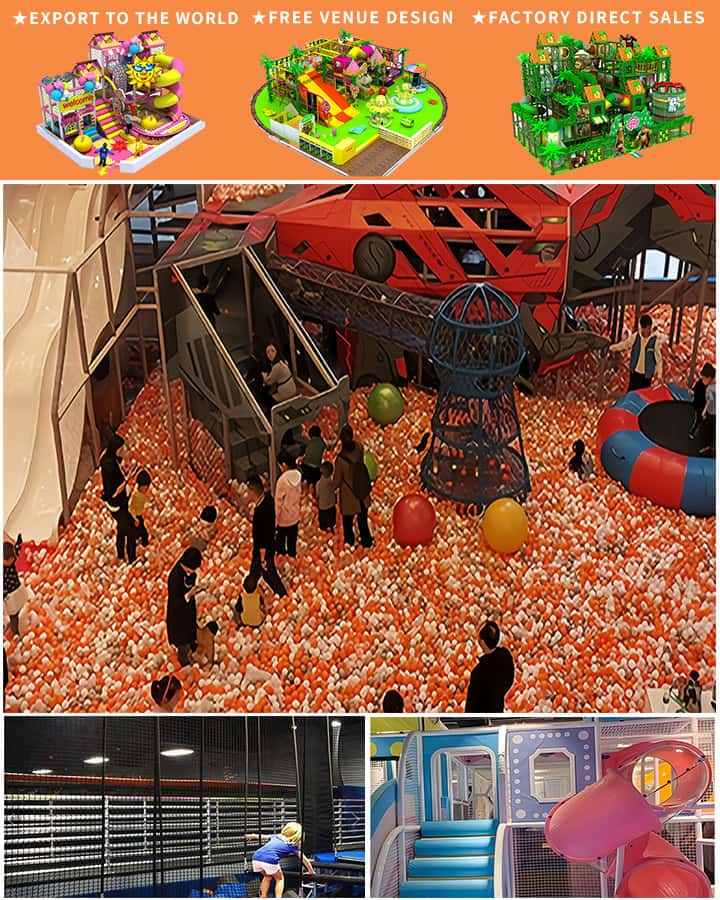Creating a safe and engaging play area for young children can sometimes be a challenge, especially if you’re working within a budget. However, with a little creativity and some readily available materials, you can make your own DIY soft play equipment that is both cost-effective and fun. Here’s how to get started on crafting your own soft play paradise right at home.
Materials You Will Need
Before diving into the project, gather the following materials:
- Thick foam mats or interlocking foam tiles
- Fabric (non-toxic, durable, and easy to clean)
- Sewing machine or strong adhesive
- Velcro strips
- Piping (optional, for added safety and durability)
- Scissors
- Measuring tape
- Paints and markers (non-toxic)

- Optional: stuffed toys, sensory items, and other play accessories
Step 1: Plan Your Design
The first step in creating your soft play area is deciding on the design. Sketch out your ideas and decide on the dimensions of each piece of equipment. Think about incorporating various elements like climbing ramps, tunnels, and platforms. Remember to keep safety as a priority by ensuring there are no sharp corners and that all parts are securely fastened.
Step 2: Cutting Foam Mats
Using thick foam mats or interlocking foam tiles, cut out the shapes needed for your design. This could include squares, rectangles, or more intricate shapes depending on what you have planned. Make sure your cuts are smooth to avoid any rough edges that could cause injury.
Step 3: Covering the Foam
To make the foam pieces more appealing and durable, cover them with fabric. Choose a fabric that is non-toxic and easy to clean. You can either sew the fabric around the foam pieces for a professional finish, or use a strong adhesive to attach the fabric. If sewing, ensure that the seams are tight and secure. Adding piping along the edges can also help reinforce the fabric and make it last longer.
Step 4: Assembling the Pieces
Once your foam pieces are covered, start assembling them according to your design. Use Velcro strips to attach different sections together. This not only makes the assembly process easier but also allows for flexibility in changing up the layout whenever you want to refresh the setup.
Step 5: Adding Extra Features
Enhance your DIY soft play equipment with additional features that stimulate your child’s senses and encourage imaginative play. Attach stuffed toys to the sides or top of the structures. Create interactive elements such as flaps, zippers, or pockets where kids can find hidden treasures. Use non-toxic paints and markers to add vibrant designs and patterns.
Step 6: Safety First
Always prioritize safety when making DIY soft play equipment. Check that all Velcro straps are secure and that there are no loose threads or small parts that could pose a choking hazard. Ensure the entire structure is stable and won’t tip over easily.
Conclusion
Building your own DIY soft play equipment is not only a great way to save money, but it also allows you to customize the play area specifically for your child’s needs and preferences. Plus, involving your child in the creation process can make their playtime even more enjoyable. With a bit of creativity and effort, you can create a fun and safe environment right at home where your child can explore, play, and grow.




